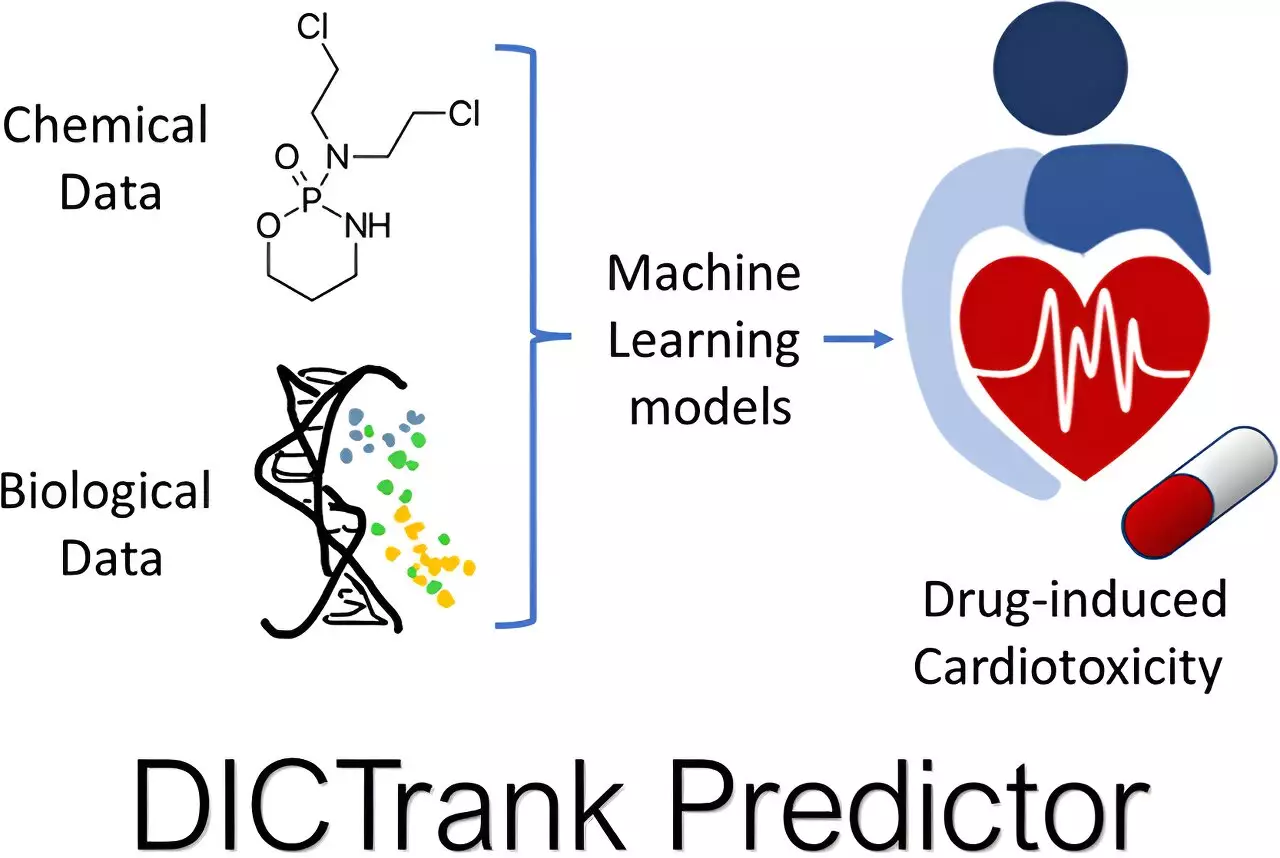Developing a new drug is a formidable undertaking, typically requiring substantial investments of time and resources. Developers can spend years in research, pouring millions into processes that often lead nowhere. Disturbingly, over 90% of drug candidates fail before they even enter the clinical trial phase, primarily due to safety concerns. This staggering statistic serves as a compelling reminder of the challenges inherent in the pharmaceutical industry, where promising compounds can quickly turn into significant financial liabilities.
Understanding what makes a drug toxic is critical to this process. Recently, researchers at the Broad Institute of MIT and Harvard have embarked on a journey to utilize artificial intelligence (AI) to pivot the needle, aiming to enhance our predictive capabilities concerning drugs’ biological effects. By employing innovative machine learning techniques, they strive to foretell toxic reactions that may go unnoticed in traditional drug development.
Advancements in Predictive Toxicology
Srijit Seal and his team have developed cutting-edge predictive models that analyze the chemical and structural features of drug candidates, all to gauge their potential toxicity in humans. These models can estimate various outcomes that matter significantly to drug developers, including general cellular health, pharmacokinetics, and the impact on vital organs like the heart and liver. This approach does not completely obsolete laboratory experiments but allows researchers to focus their energies on a refined selection of promising candidates, optimizing the development pipeline.
Seal’s interest in drug toxicity traces back to a question: could the chemical structure of a drug provide insights into its toxicological effects? His team utilized datasets curated by the FDA, which classify drugs according to their likelihood of causing harm to human organs. This foundational data underpins two machine learning models dedicated to predicting cardiotoxicity and liver injuries. These models serve as pioneering efforts, aiming to develop a more efficient framework for toxicity assessment even before clinical trials commence.
Innovative Tools for Pharmacokinetic Modeling
In the realm of drug development, understanding how a drug behaves within a biological system is paramount. This includes analyzing its absorption, distribution, metabolism, and excretion—collectively known as pharmacokinetics. Seal is also committed to developing a predictive tool for pharmacokinetic modeling, which has traditionally been a resource-intensive endeavor fraught with complexity. Existing models can be tedious to interpret, and without an efficient feedback loop, developers may struggle to assess whether their drugs are destined for success or failure.
With the innovation of machine learning algorithms, Seal’s team is optimistic about streamlining this process. They are comparing their models against prevalent industry benchmarks to ascertain effectiveness, aiming for a proof-of-concept that may revolutionize how pharmacokinetic data are traditionally analyzed. The ability to predict a drug’s performance in human bodies provides a pivotal edge in overcoming the long-standing hurdles of drug design.
Interpreting Cellular Responses with AI
Toxicology is not just about understanding toxicity at a systemic level but also involves delving deeper into cellular interactions. The advent of imaging technologies has enabled scientists to assess cellular morphology, yet interpreting this data can be challenging. Seal has enhanced this field through a method known as BioMorph, a sophisticated deep learning model that links image-based data from CellProfiler with metrics on cell health.
By working with datasets that monitor cell growth and division, BioMorph can illuminate how a drug might influence cellular mechanisms. This innovative overlap allows researchers to glean insights that were previously difficult to come by. Seal’s approach aims to break down complex imaging data into more interpretable formats, ultimately making it easier for biologists to understand the ramifications of various compounds on cell health.
The Promise of Predictive Intelligence
The integration of machine learning into toxicology marks a paradigm shift in the way drugs are screened and developed. By anticipating potential toxic effects early in drug discovery, researchers can significantly enhance efficiencies. This technological advancement empowers developers to “fail faster,” honing in on drug candidates that show the most promise while disregarding those less likely to succeed.
Given the mounting challenges of drug development and the looming threat of drug withdrawals from the market, the tools developed by Seal and his colleagues present not just a methodological improvement but a potential lifeline for the pharmaceutical industry. As machine learning continues to evolve, it is poised to redefine the standards of safety, efficacy, and success in drug discovery. Thus, the future of medicine may very well hinge on harnessing the intelligence of machines, enabling a new era of therapeutic innovation that prioritizes human safety above all else.

